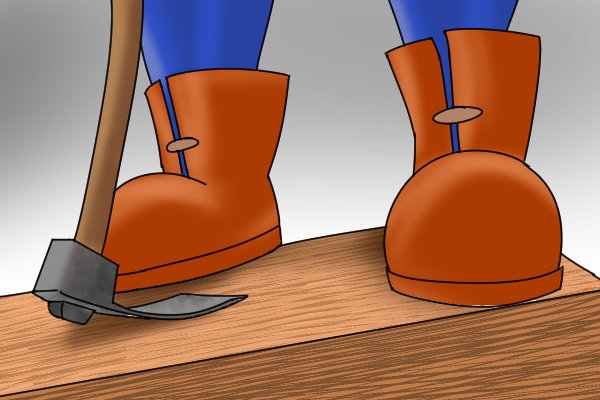
It would just be me and her on a high hill and me rolling the rocks down the hill faces and teeth and all by God until she was quiet and not that goddamn adze going One lick less.Īfter shaping the slope of the barrel chime of yet another red oak slack barrel, Kharl set the adze down and blotted his forehead with the back of his forearm. The adzes bore resemblances to those of various inhabited Polynesian islands. No adzes made of the local tridacna shell, such as were used on most inhabited atolls, were found on Fanning. These relics included an enclosure of coral blocks marking the outlines of a rectangular building which, Emory and Finney considered, showed similarities to some Tongan structures, and basalt adzes which must have come from a high volcanic island, since basalt does not occur naturally on low atolls.

Perhaps the best view of all, however, is that after the early settlers of Eastern Polynesia were released from the conservative influence of Western Polynesian technology, they tanged some of their adzes and made other innovations in their artifacts.

Obviously, therefore, there must have been some explanation for the absence of tanged adzes from Western Polynesia other than that random voyages did not occur.Īpparently handfuls of migrants from Eastern Polynesia failed to establish the tanging of adzes among the conservative Western Polynesians.Ī number of archaeologists have concluded that the tanging of adzes was brought to Polynesia by migrants from the west, although tanging is not typical of Western Polynesian, Melanesian or Micronesian adzes. This human cargo represents a weight of about twenty tons, which is equivalent to that of thirty persons, two boars, three sows, twelve piglets, thirty fowls, ten dogs, twenty rats, a hundred balled or potted breadfruit and banana plants, and twelve tons of watergourds, seeds, yams, tubers, coconuts, adzes and weapons.Ĭooks, New Zealand, and Hawaii all possessed adzes and other cultural features of Eastern Polynesian type.ĭuff, a New Zealand anthropologist who has made a special study of adze distributions, claiming that no adzes with butts tanged as an aid in lashing the handles have been established for Western Polynesia, whereas tanged adzes have been found throughout Eastern Polynesia, has argued that this is not in accord with what one would expect from random voyaging. Tales of the creature and its effects were probably an attempt to describe the potentially deadly effects of mosquitoes and malaria. In firefly form, the adze would pass through closed doors at night and suck blood from people as they slept. The adze's effects are generally felt by the possessed victim's family or those of whom the victim is jealous. A person is suspected of being possessed in a variety of situations, including: women with brothers (especially if their brother's children fared better than their own), old people (if the young suddenly started dying and the old stayed alive) and the poor (if they envied the rich). The adze's influence would negatively affect the people who lived around their host. People, male or female, possessed by an adze are viewed as witches. When in human form, the adze has the power to possess humans.

In the wild, the adze takes the form of a firefly, though it will transform into human shape upon capture. The adze is a vampiric being in Ewe folklore.


 0 kommentar(er)
0 kommentar(er)
